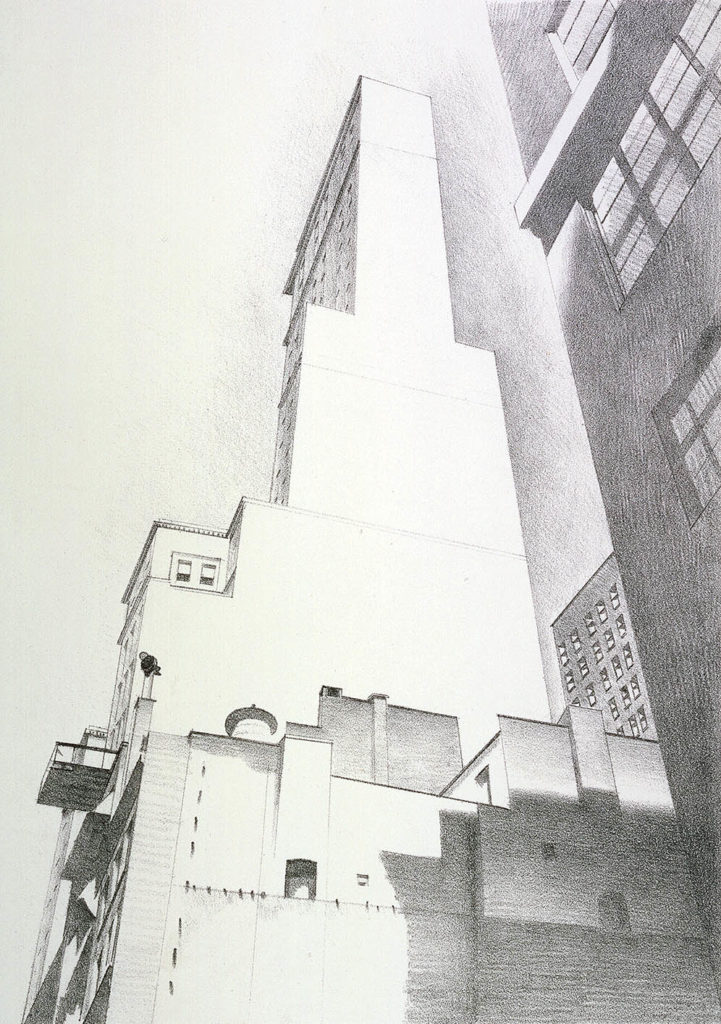6 Tips on How to Draw Anything Accurately

Drawing is a fundamental skill for artists, emphasis on “skill.” That means there are basic drawing rules and approaches that work, including these six tips on how to draw anything accurately.

1. Start by drawing shapes, not identifiable objects
You’ll hear this advice over and over again in art classes and workshops. To understand what it really means, think about the way children draw faces. They know that a face has two eyes, two ears, a centered nose and two lips. No matter how the person facing them is posed, children will insist on including all the features, even if they can only see one eye, one ear, and a protruding nose. They draw what they know, not what they see. To some extent, adults do exactly the same thing.
To draw anything accurately, truly look at what is in front of you and not what you “know” is there. Truly take into account all the details you see — make a list if that is easier — so you separate what you think should be there from what you actually observe.

2. To draw anything well, consider the negative shapes as much as you do the positive shapes
Students often find it difficult to determine how to draw an arm that extends away from a model’s body or the distance between two objects sitting on a table. The way to do that is to imagine that the “negative space,” or the open space between the model’s body and her arm, is a solid object with a height, width and length. The same technique can be used when trying to determine how far one building is from another or how high a head is above a model’s shoulders. When drawing anything for the most part, it helps to deal with the negative space in the same way you deal with the positive shapes.
3. Visualize and draw the lines you can’t see in order to draw visible lines accurately
Sometimes the best way to draw anything that is partially concealed from your view is to continue the lines as if you could actually see it. For example, if you want to determine the curvature of a bowl filled with fruit, draw the complete circular top as if the bowl were empty, and then erase the sections that are obstructed.
If you want to know how far a leg extends beyond a person’s waistline, drop an imaginary plumb line from the waist to the floor and then evaluate the shape of the triangle formed by the leg, floor and plumb line.
4. Draw connected shapes, not disconnected shapes
It’s very difficult to calculate how far a person’s head is from the bottom of his or her feet, the distance from one ear to the other, or the distance from a far tree to one in the foreground unless you draw all the shapes in between.
That is, after guessing at the total height of a standing figure and establishing a scale for the drawing so that it fits on the sheet of paper, work your way down from the head to the shoulders, from there to the waist, on to the knees, etc, so that you can judge each shape in relationship to the others. Draw anything with connectivity and chances are you will figure out mistakes faster and get to a cohesive whole quicker.

5. Draw light guidelines between shapes to better judge the distances between them
Artist Robert Liberace recommends to start by making very light, straight lines between all the component parts of the figure or still life objects to guide your hand as you begin to refine a drawing. Then gradually add more lines using Conté crayons, graphite, charcoal or colored pencils to darken the edges of the shapes and the shadow patterns in between.
6. Start by drawing the lightest values and build to the darkest
Most artists find that it makes sense to gradually build from the lightest areas of their drawings to the darkest so they have an opportunity to make adjustments along the way without damaging the surface of the paper or creating ugly smudges where they have erased inaccurate lines.
Draw Anything Accurately with More Top Resources
For more drawing ideas and tips, think about adding any one of these drawing resources to your art library. You’ll discover NINE unique resources with different methods for drawing everything under the sun. Draw your way, in your style, with these methods, and you can never go wrong. These art instructional guides will help you truly find a love for the art that happens between pencil and paper. Enjoy!
















Is it me, or the Boxer by Charles Demuth, drawing. has a distorted shape of the left leg – look at the foot and toes. …it looks like the right leg has been detached and set onto his left side . Please correct me if I’m wrong
Krystyna – I see that, as well.
Courtney—
This is magnificent advise!
You said it and a guy named Michelangelo said it also. Drawing is the fundamental skill for artists. Much of drawing can be learned. As the great illustrator Albert Dorne used to say say, “You learn to draw by drawing”.
Excellent work.
Paul